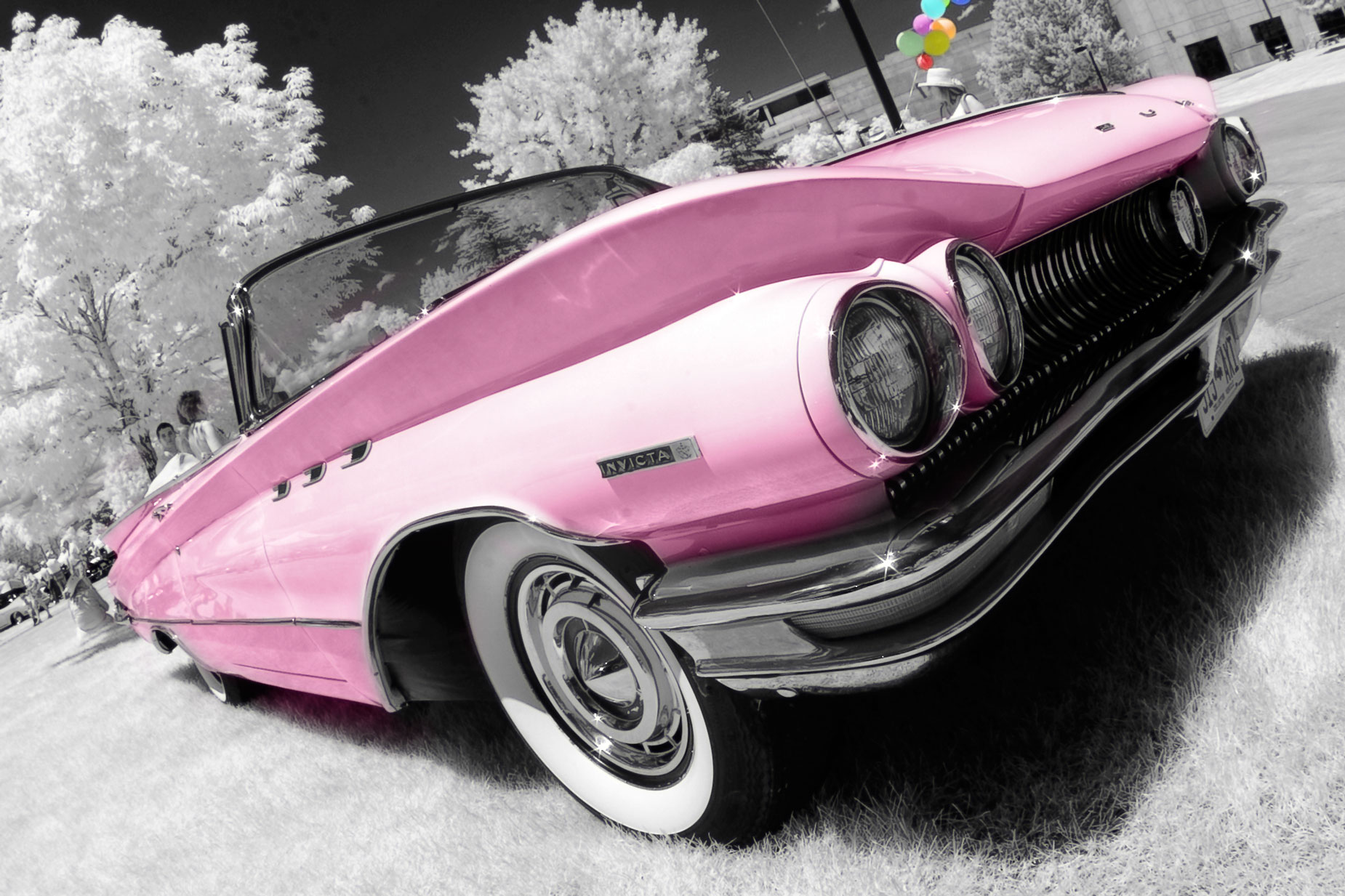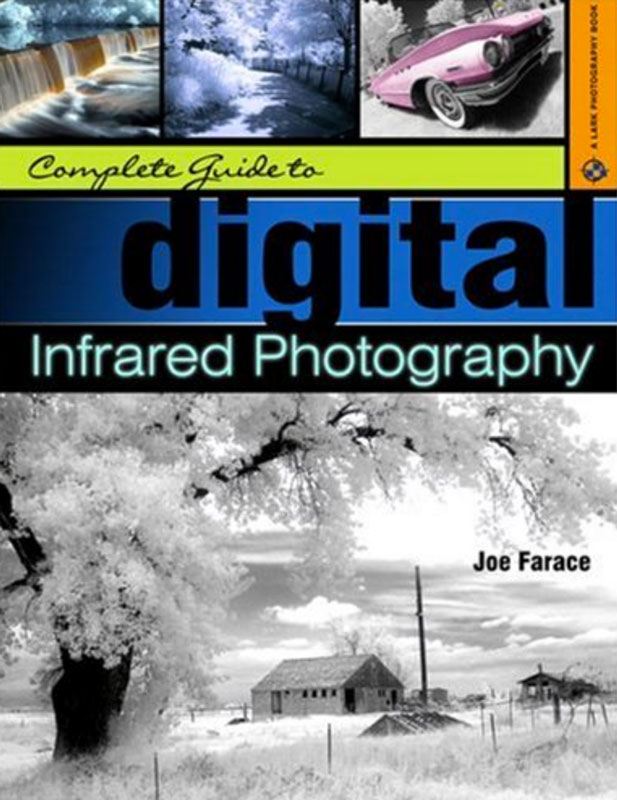Today’s Post by Joe Farace
“Every object in the Universe with a temperature above absolute zero radiates in the infrared, so this part of the spectrum contains a great deal of information.”—Frank J. Low
Why I like IR: Digital infrared photography has the power to transform mundane visual experiences into something that’s unforgettable.
Purchasing a used digital DSLR or mirrorless camera and converting it to infrared capture is a good option for infrared photography because used bodies usually sell at a lower price (than new) so when the cost of conversion is added it shouldn’t break your piggy bank, especially if you’re serious about infrared capture. The Panasonic Lumix GX1 I had converted with Life Pixel’s Hyper Color filter only cost $125 from Roberts Camera. and was in extremely nice shape. Cosmetics are something that’s a consideration for me but maybe not for you? Another idea is to convert one of your older cameras after you’ve updated to a newer model and it’s just sitting around collecting dust. Tip: Remember that after any camera has been converted, you will only be able to shoot infrared images with it.
The Good Stuff: Everyday scenes you might walk right by and never think of photographing, take on a completely new and sometimes dreamy look when captured in infrared. Landscapes may be considered to be the best or only subject matter for IR capture but there are other subjects worth investigating. While I think everything makes a great subject for digital infrared photography, here are a few possibilities:

- Landscapes: This is the classical infrared application because when capture in IR tree leaves appear to be almost white and along with a black sky, the effect is dramatic. This is a common effect produced by deciduous trees and grass because they reflect the sun’s infrared energy instead of absorbing it.
- Cars: Infrared images don’t have to be strictly black and white. I like to apply digital toning effects to IR image files and used my IR-converted Canon DSLR to make the above shot that was digitally colored in Photoshop. (I colored Mary’s balloons too.) It’s a Buick Invicta. See my post ‘My Love Affair with Buicks.’
- Architecture: Professional architectural photographers have always used infrared film to make images of buildings. That’s partly because IR photography cuts through haze, adds contrast, and produces pure black skies to make photographs of buildings look even more dramatic.
- Portraits. In my infrared photography book (see below,) I show a few portraits but one magazine editor told me she though it added a creepy “Twilight” (vampires ya know?) feel to the images because the subject’s eyes looked odd. But if you’re careful, aren’t too close and have the subject looking off to the side, it shouldn’t bother you. If its does, it’s time to move onto other fun subjects.
- Travel: There’s nothing new about black and white travel photography but adding an infrared capture option lets you capture some of your next travel images using invisible light.
- Macro: It add a new dimension and another tool in you utility belt for creating macro image that are, indeed, different looking.
And that’s what infrared digital imaging is all about, having fun with photography no matter what subject you decide to photograph.
 Life Pixel does a great job with IR conversions and they have done most of the conversions for my Canon DSLRs and all of my Panasonic Lumix G-series cameras. This is not a paid or sponsored endorsement, just my experience.
Life Pixel does a great job with IR conversions and they have done most of the conversions for my Canon DSLRs and all of my Panasonic Lumix G-series cameras. This is not a paid or sponsored endorsement, just my experience.
My book, The Complete Guide to Digital Infrared Photography is available from Amazon for with new copies selling for $13.07 with used copies starting around nine bucks, as I write this. Creative Digital Monochrome Effects has a chapter on IR photography and is available from Amazon with new copies at $5.95 with used copies starting at four bucks, as I write this. There’s no Kindle version available for either book, sorry.